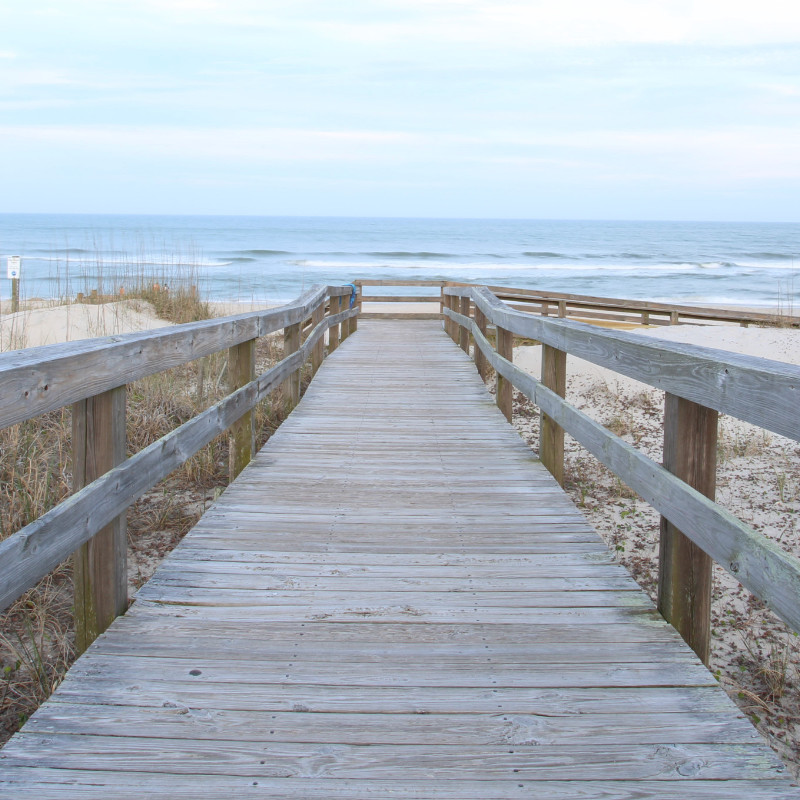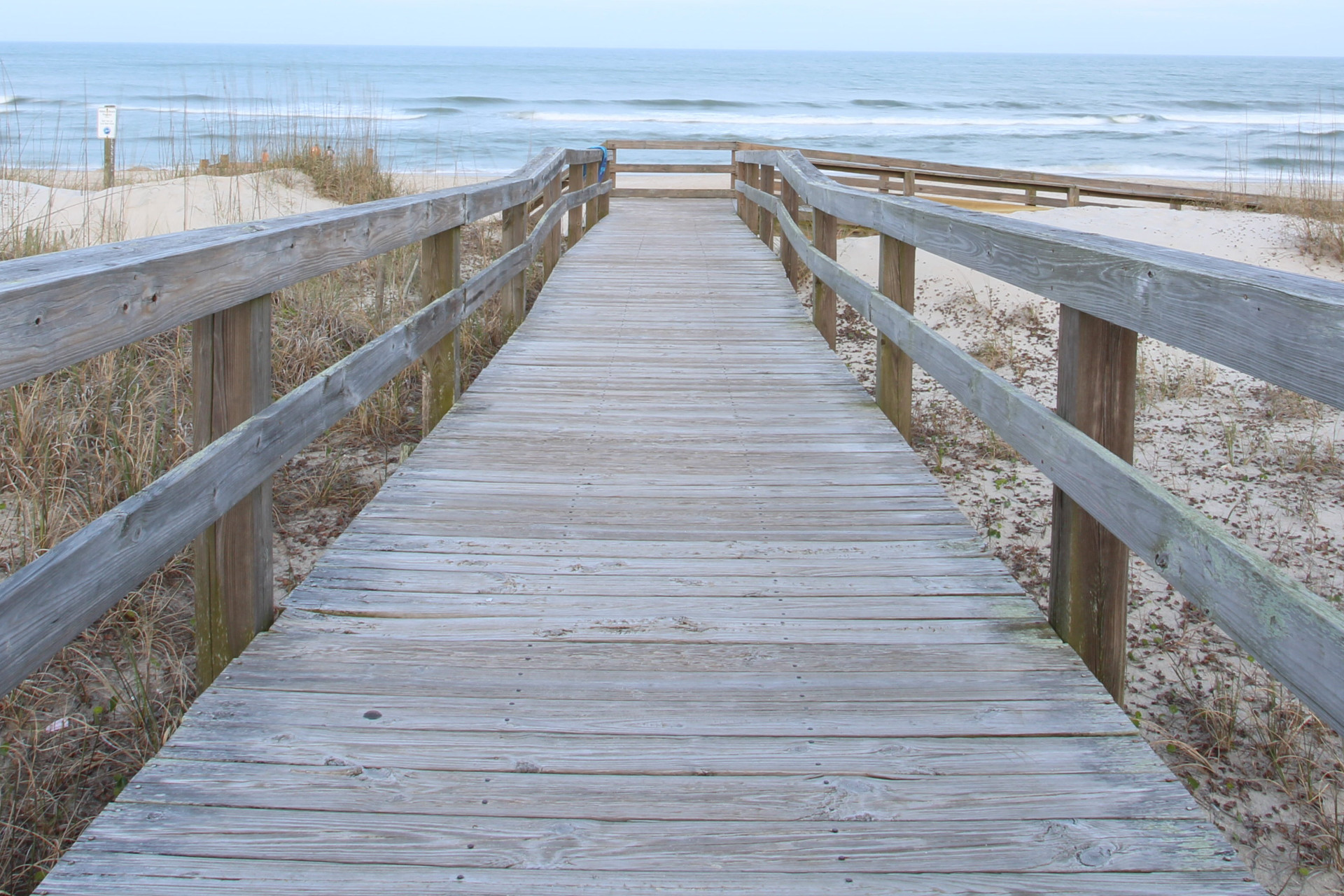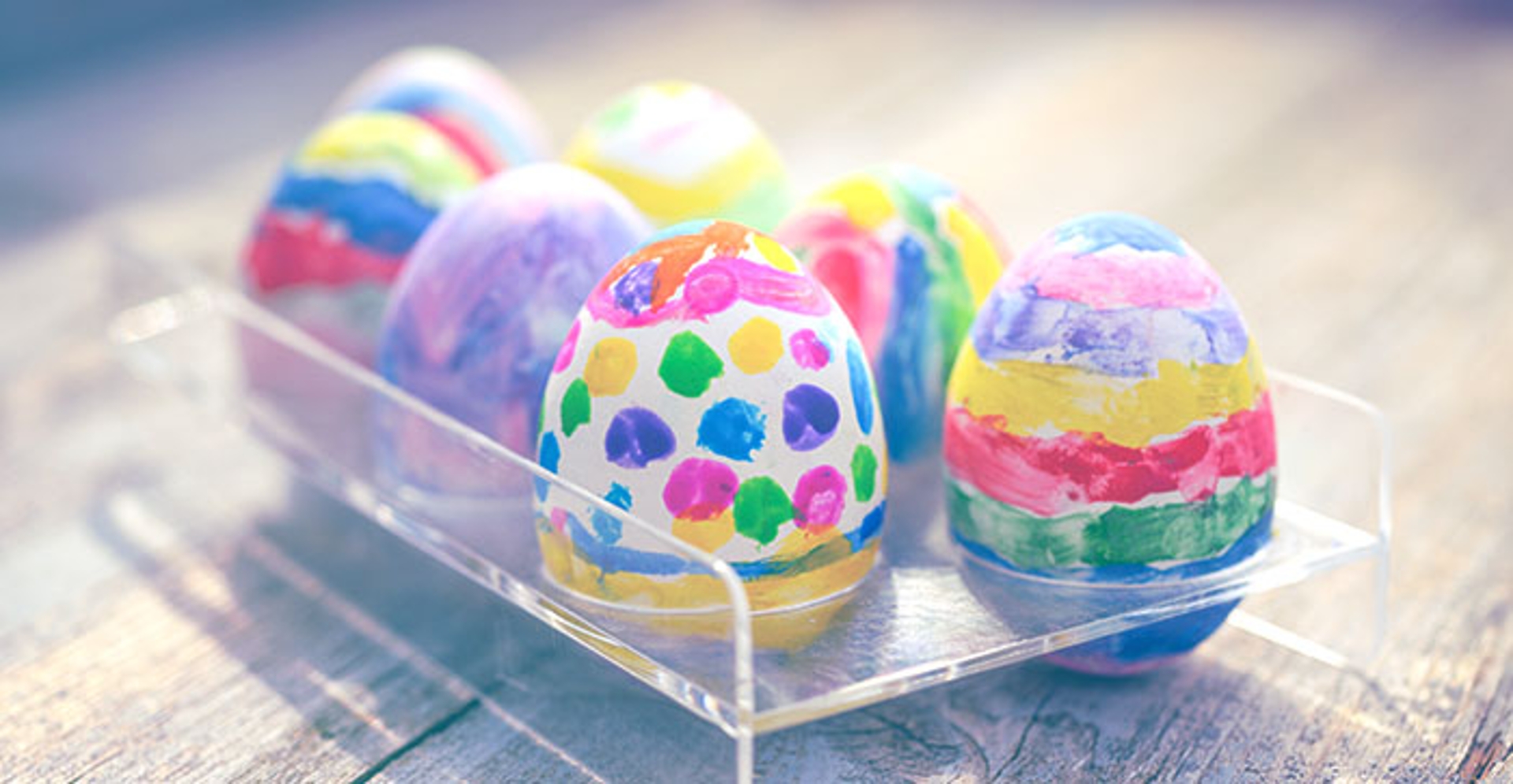10
Apr 2019
Are you looking forward to Easter, but feeling unhappy about the potential to create more waste? Check out these tips below to help you celebrate Easter sustainably and organically.
Dyeing Eggs
You don’t need a kit or harsh chemicals to dye Easter eggs. Many of the supplies you need can be found right in your kitchen. All you need to do is bring 2 cups of water to a boil, add in your natural coloring agent, simmer for 30 minutes, and strain the liquid. Once you have this mixture cooled, mix it with 2 tablespoons of white vinegar and submerge your hard-boiled eggs in the mixture in your refrigerator overnight. Here is a list of colors that can be made using the above method and natural ingredients:
You don’t need a kit or harsh chemicals to dye Easter eggs. Many of the supplies you need can be found right in your kitchen. All you need to do is bring 2 cups of water to a boil, add in your natural coloring agent, simmer for 30 minutes, and strain the liquid. Once you have this mixture cooled, mix it with 2 tablespoons of white vinegar and submerge your hard-boiled eggs in the mixture in your refrigerator overnight. Here is a list of colors that can be made using the above method and natural ingredients:
Orange: 3 tablespoons of chili powder
Yellow: 3 tablespoons of ground turmeric or cumin
Green: 2 cups of spinach
Blue: 1 1/2 cups of shredded red cabbage or 2 cups of grape or blueberry juice
Purples & Pinks: 1 1/2 cups of shredded red beets
Yellow: 3 tablespoons of ground turmeric or cumin
Green: 2 cups of spinach
Blue: 1 1/2 cups of shredded red cabbage or 2 cups of grape or blueberry juice
Purples & Pinks: 1 1/2 cups of shredded red beets
Pro tip: Buy eggs from local farms to support your community!
Easter Treats
If you’re feeling ill at ease about loading up your loved one’s Easter basket with processed sugar treats, opt for healthier options like natural fruit snacks or dried fruit. You can even make homemade treats like Cadbury Eggs and Rice Krispie Easter Nests. No holiday has to mean definite trips to the dentist, especially if you make your treats at home and you can control what goes into them.
If you’re feeling ill at ease about loading up your loved one’s Easter basket with processed sugar treats, opt for healthier options like natural fruit snacks or dried fruit. You can even make homemade treats like Cadbury Eggs and Rice Krispie Easter Nests. No holiday has to mean definite trips to the dentist, especially if you make your treats at home and you can control what goes into them.
Easter Baskets
You don’t need to buy a new basket every year. You can reuse the same basket and add a little decorative flair to make it unique. Store bought baskets are often made out of cheap, flimsy, plastic that cannot be recycled. Easter grass adds a lovely pop of color, but it’s awful for the environment and dangerous for pets. You can make your own
You don’t need to buy a new basket every year. You can reuse the same basket and add a little decorative flair to make it unique. Store bought baskets are often made out of cheap, flimsy, plastic that cannot be recycled. Easter grass adds a lovely pop of color, but it’s awful for the environment and dangerous for pets. You can make your own
easter grass out of shredded paper. Save a few of those mailers you usually (hopefully) recycle and use your at home paper shredder or scissors to cut it up into strips to pad the bottom of the basket.
Say “Bye-Bye” to Plastic Eggs
Plastic is forever (1,000 years to be exact), so be sure that you’re not leaving plastic eggs in odd places in your yard for wildlife or future generations to have to deal with. You can certainly reuse your plastic eggs from last year, just make sure to keep track of where you put them and count them beforehand. Other alternatives to plastic
Plastic is forever (1,000 years to be exact), so be sure that you’re not leaving plastic eggs in odd places in your yard for wildlife or future generations to have to deal with. You can certainly reuse your plastic eggs from last year, just make sure to keep track of where you put them and count them beforehand. Other alternatives to plastic
Easter eggs are to make them out of paper mâché, felt, cardboard, or use cotton bags filled with treats instead.
Follow these tips to have a healthier and more environmentally friendly Easter celebration.






